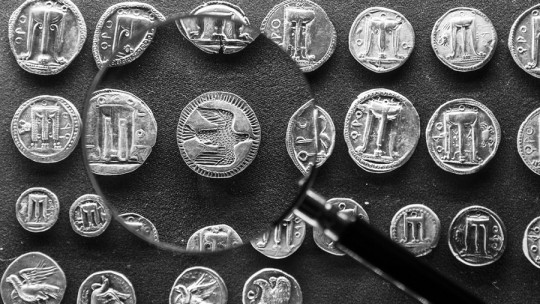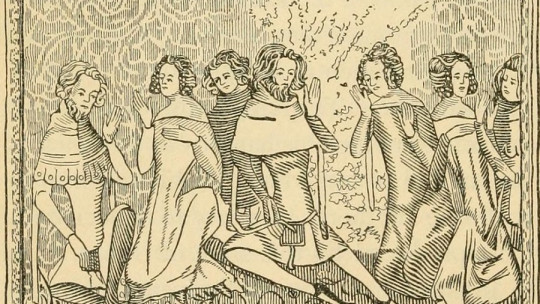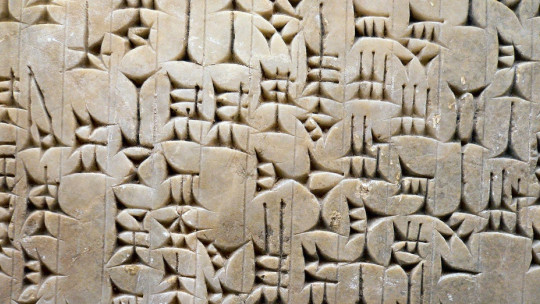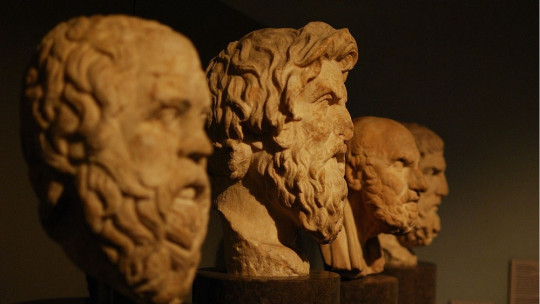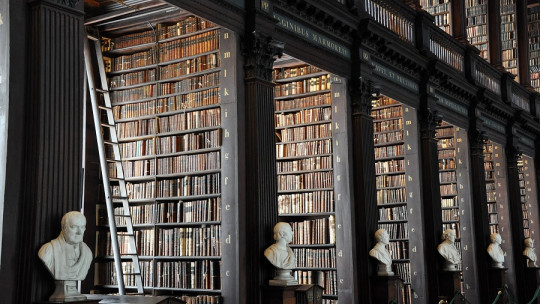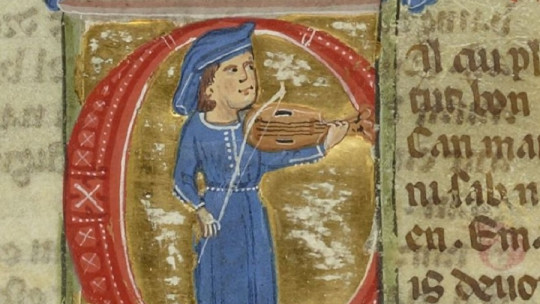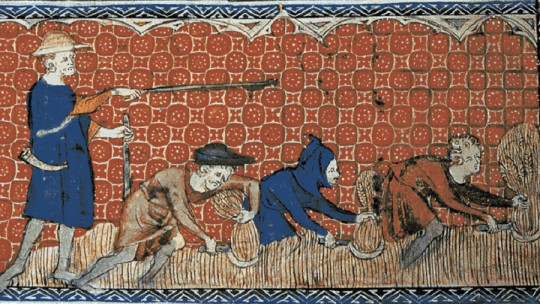Currency is an object that we have used for several centuries as a common exchange material. It is precisely characterized by having an exchange value that allows us to generate transactions and acquire various goods, and its history has to do with the development of commerce in Western societies.
In this article We will see what are the origins of the currency and what has been its development.
Origins of currency: from barter to metallic money
Currency is a metallic piece with an attributed value that functions as a common medium of exchange. As such, it has emerged alongside the development of commerce. Continuing with this definition we can see that, to be valuable as money, the currency meets several requirements:
All of the above has developed gradually in different societies. In fact, throughout history the objects used as a common means of exchange have been different. For example, In the barter system, livestock or salt fulfilled the function that currency now fulfills
The difference is that said system was based on the direct exchange of one good for another. And when the currency appears, the parties interested in the barter are divided; That is, it allowed production to be separated from sales, an issue that will be necessary later in the capitalist system (characterized precisely by the division of labor and specialization).
In short, the history of currency predates current economic systems. said story It also has to do with the conceptions of gold and silver , which are the raw material of currency and are metals associated with wealth from the most classical philosophy. This progresses to the establishment of payment systems that are different according to society and times.
For this reason, the coin is not only the metallic object that we have described. It is also a social and political institution and it is even an important element for social bonding.
Main stages
Monetary systems originate with the main purpose of maintaining the exchange value of the metallic object regardless of whether political powers change. In other words, it is created as a way to avoid arbitrariness in decisions about said value and its use
To summarize the origins of the coin, Viales Hurtado (2009) tells us that its history can be divided into three major stages: the heavy coin, the bill coin and the minted coin.
1. The heavy coin
The heavy monda has its origins in Egypt, approximately 2000 years before our era. It was in the shape of a piece or bar of raw metal (an ingot) and it was used to acquire some good.
2. The currency-account
Created approximately 800 years before our era as a product of the division of bullion or heavy currency. That is, it is the same currency as before, only It has a smaller size, which makes it easier to exchange Its precursors were the Greek, Roman, Chinese, Indian and Middle Eastern civilizations.
3. The minted currency
Unlike the previous ones, this coin has an inscription, which is why it is known as a minted coin. This registration has the function of indicate the exchange value of the piece, according to its weight At first, metals such as gold and silver were used in fixed quantities, and the seal functioned as collateral. Later these metals were mixed with others and their proportion varied depending on the value that was intended to be indicated.
Furthermore, its coinage has not been the same for all societies and all times, but has depended on the dominant economic doctrines and their commercial development. Thus, this currency is the one that finally begins the metallic monetary system.
paper money
After minted currency, the next important step in the establishment of monetary systems was the creation of paper money; where, unlike the metallic currency that in itself had a value due to the material with which it was made; paper money has a value dissociated from its own raw material
It has served as a facilitator of commercial transactions and has made it possible to avoid the transfer of large currencies, thereby making trade more accessible. Paper money has its origins in China in the 9th century, although its circulation in Europe and the rest of the world began until the mid-12th century.

